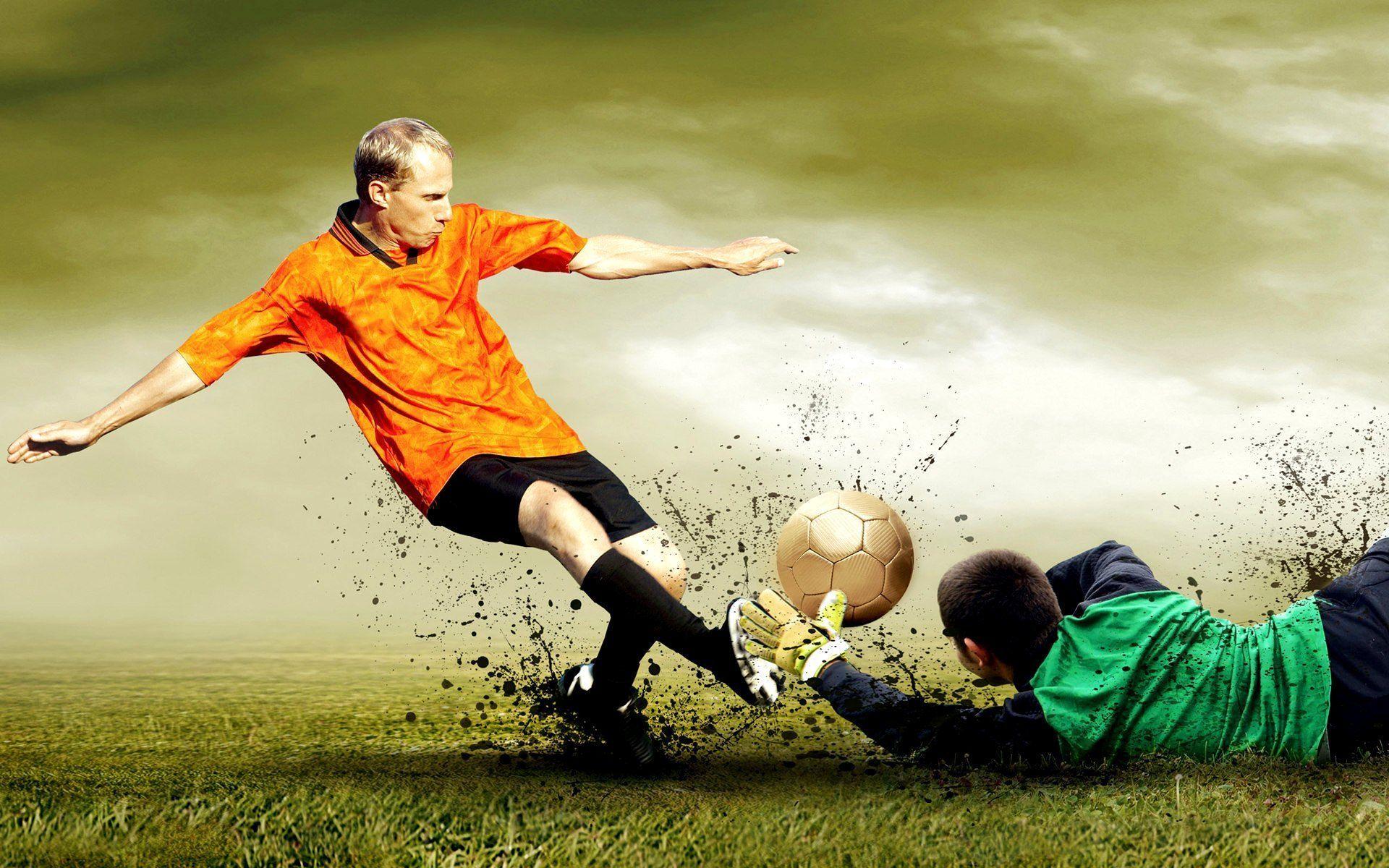Rolling Out the Future: The Evolution of Sports Mats and Equipment
Rolling Out the Future: The Evolution of Sports Mats and Equipment
Blog Article

In the world of sports, the equipment and materials used have undergone remarkable transformations over the years. From the early days of simple grass fields and wooden boards to the advanced synthetic surfaces and specialized mats of today, the evolution of sports materials has significantly influenced performance and safety. Athletes now rely on innovative designs and technologies that enhance their abilities and provide protection during training and competition.
One of the most notable advancements is in the domain of sports mats, such as tatami and tapis de sport. These surfaces have been meticulously developed to meet the diverse needs of various sports, ensuring they provide the right balance of grip, cushioning, and durability. As sports continue to evolve, so too do the materials that support them, showcasing the importance of science and technology in the pursuit of athletic excellence.
Advancements in Sports Mats Technology
The evolution of sports mats has seen remarkable advancements driven by technological innovation and a deeper understanding of athlete needs. Modern sports mats are now manufactured using high-performance materials that enhance durability and safety. Advanced closed-cell foam, for instance, offers superior shock absorption, providing athletes with better protection against injuries during high-impact activities. These materials not only prolong the lifespan of the mats but also contribute to a more comfortable training and competitive environment.
Additionally, the integration of smart technology into sports mats is revolutionizing training methodologies. Some mats are now equipped with embedded sensors that track and analyze movement, providing real-time feedback to athletes. This data helps in optimizing performance, preventing injuries, and adapting training regimens based on individual needs. The use of biometrics in sports equipment paves the way for a personalized approach to training, allowing athletes to maximize their potential.
Furthermore, there is a growing emphasis on eco-friendly materials in the production of sports mats. Manufacturers are increasingly sourcing sustainable materials that meet performance standards without compromising environmental integrity. This shift not only caters to the rising demand for environmentally responsible products but also ensures that sports equipment remains safe for use over the long term. As the sports industry continues to prioritize sustainability, the development of mats made from recyclable and biodegradable materials is likely to gain momentum.
The Role of Materials in Athletic Performance
Tapis De Sport
The materials used in sports equipment play a crucial role in determining an athlete's performance and safety. High-quality materials provide the necessary support and cushioning that athletes need during training and competition. For instance, advanced foam and synthetic fabrics in sports mats can absorb impact, reducing the risk of injury while allowing athletes to focus on their performance. The design and material composition can significantly influence how equipment responds to the athlete's movements, enhancing both comfort and efficiency.
Tatami, traditionally used in martial arts, exemplifies the importance of materials in sport. Its unique composition offers a firm yet forgiving surface, which is essential for techniques that involve falls and rapid movements. The durability and grip of tatami enhance the training experience, allowing practitioners to train safely while pushing their limits. The evolution from natural to synthetic materials has also improved hygiene and maintenance, making modern tatami mats more appealing to gyms and training centers.
In a broader context, the selection of sports material impacts overall training outcomes. Tapis de sport, or sports mats, have evolved to incorporate various innovations that allow for better grip, shock absorption, and easy transport. These advancements encourage more athletes to engage in activities that require such equipment, ultimately broadening participation across different sports. As materials continue to advance, their role in enhancing athletic performance will only become more significant, shaping the future landscape of sports.
Choosing the Right Equipment for Different Sports
Selecting the appropriate sports equipment is crucial for both performance and safety. Each sport requires specific materials and designs, which influence how athletes interact with their environment. For instance, martial arts practitioners often rely on tatami mats designed for high impact and stability. These mats reduce the risk of injury during falls and provide a firm yet cushioned surface for various techniques.
In team sports, the choice of equipment extends beyond just the balls or nets used. The playing surface itself, whether it be a hardwood court or a grass field, can significantly impact gameplay and athlete performance. Proper footwear is also essential, as different sports demand varying levels of grip, support, and flexibility. Athletes must consider both their personal needs and the specific characteristics of their sport when choosing equipment.
Finally, training equipment plays a vital role in skill development for athletes across various disciplines. Sports materials such as agility ladders, resistance bands, and weighted vests are designed to enhance specific athletic skills. Understanding the correct equipment for training not only aids in performance improvement but also helps in injury prevention. By making informed choices, athletes can maximize their training efficiency and enhance their overall sporting experience.
Report this page